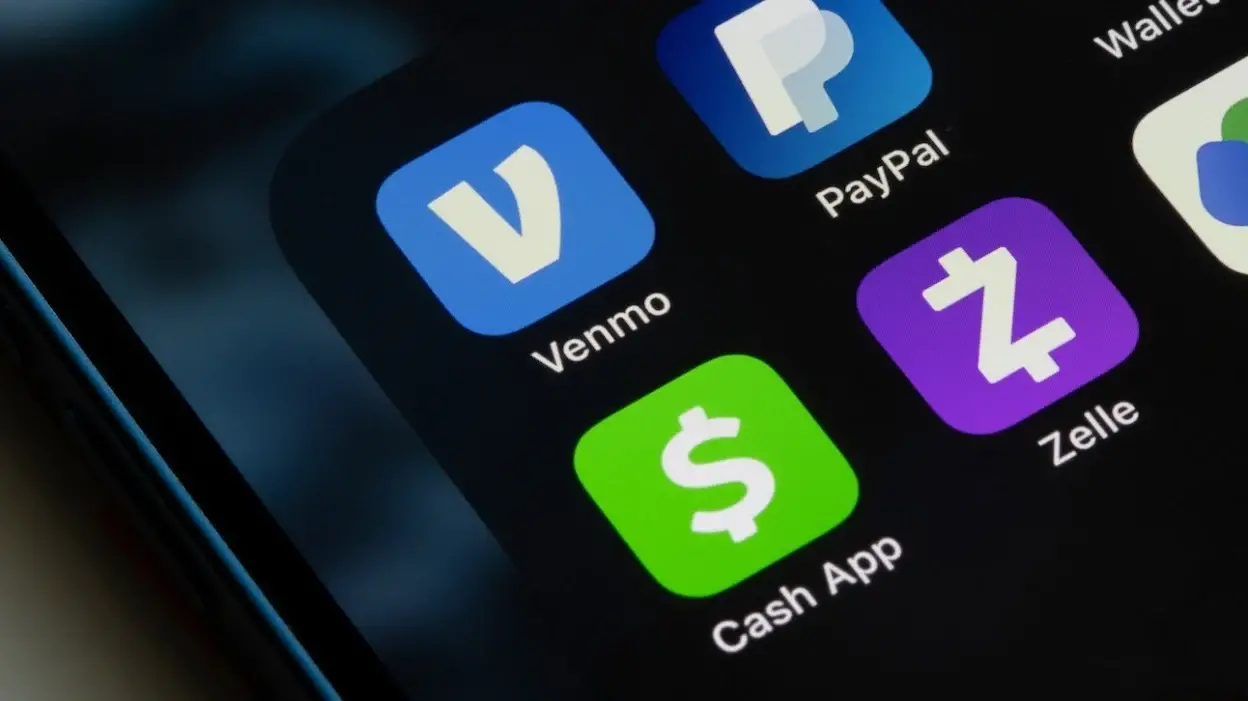
Online payments have become an integral part of our daily lives. Whether you're shopping online, paying bills, sending money to friends and family, donating to charity, or even playing games and apps, chances are you've used some form of online payment system. But have you ever wondered what exactly happens behind the scenes when you enter your card details and hit “pay”? This in-depth guide will walk you through the key players, technologies, and processes involved in making online payments possible.
The Key Players
There are several key players that make online payments work:
You (the consumer) – The one making the payment by providing your payment details like credit/debit card number, expiry date, CVV code, etc. You initiate the online payment on the merchant's website or app.
The merchant – The online business (eCommerce store, utility company, etc.) that is selling goods or services and collecting payments from you. They have to build the infrastructure to accept online payments on their website or app.
Acquiring bank – The bank that provides payment processing services to the merchant. They allow the merchant to accept credit/debit card payments by providing them a merchant account.
Issuing bank – The bank that issued your credit/debit card to you. They authorize online transactions when you use your card for payments.
Payment gateway – The intermediary that facilitates the flow of payment information between the merchant, acquiring bank, issuing bank, and payment networks like Visa and Mastercard.
Payment processors – Companies like Stripe and PayPal that provide technology, infrastructure, and services to power online payments for merchants and marketplaces. They sit between the merchant and payment gateways so their security is always top notch.
Here's a complete overview of SAFE PAYMENT METHODS and their use cases online:
Payment Method | Fees | Use Cases |
|---|---|---|
Credit Card | Interchange fees, payment gateway fees, transaction fees | Online shopping, recurring payments like subscriptions, in-person retail payments |
Debit Card | Lower interchange fees than credit cards, other fees same as credit cards | Online and in-person everyday shopping and payments |
PayPal | 2.9% + $0.30 per transaction domestically. Additional fees for cross-border payments | Online marketplaces, peer-to-peer payments, donation collection |
Apple Pay | Apple charges 0.15% per purchase. Card interchange fees may apply | In-app payments, in-person contactless payments via mobile |
Google Pay | Free for consumers. Interchange and card fees apply | In-app payments, in-person contactless payments via mobile |
Venmo | Charges a fee for instant bank account transfers | Peer-to-peer payments and transfers |
Cash App | Free instant transfers. Fees for business payments | Peer-to-peer payments and transfers |
Zelle | Free instant transfers | Peer-to-peer payments and bank account transfers |
PayPal | 2.9% + $0.30 per transaction domestically. Additional fees for cross-border payments | Online marketplaces, peer-to-peer payments, donation collection |
ACH Transfers | $0.20 – $1 per bank-to-bank domestic transfer. Fees vary across services | Account transfers, direct deposit of salaries, bill pay |
Wire Transfers | $10 – $45 per domestic transfer. Fees vary across services | Large payments and transfers above ACH limits, overseas remittances |
Cryptocurrency | Network fees that vary per crypto coin, currency conversion spreads | Online payments, global peer-to-peer transfers, trading |
Payment Flow
The typical flow for an online payment transaction goes like this:
You visit an ecommerce site and browse products to purchase.
You go to the checkout page and enter your card and billing details.
The merchant website communicates the transaction information to the payment gateway using a secured connection.
The payment gateway routes the information to the payment processor used by the merchant.
The payment processor forwards the transaction details to the card payment network like Visa or Mastercard.
The respective payment network communicates with the issuing bank to verify if the card details are valid and if sufficient funds are available.
The issuing bank approves or declines the transaction based on the verification.
The approval/decline decision traverses back from the issuing bank to the payment processor used by the merchant.
The merchant is notified if the payment succeeded or failed so they can take further action.
If successful, the transaction amount is credited to the merchant account with their acquiring bank.
The acquiring bank deposits the funds into the merchant's bank account per their agreement.
This entire sequence happens in just a matter of seconds! The payment gateway and processor enable the secure transfer of transaction information between the various entities of the ecosystem.
Peer-to-Peer Payment Apps

Peer-to-peer payment apps are among the most popular payment methods in 2024. Two such apps are Venmo and Cash App.
These allow direct money transfers between friends, family, and contacts by linking consumer bank accounts and cards within a mobile app platform. It provides users an easy way to split shared expenses like dinner bills, pay someone quickly for owed amounts, or even lend money without cash changing hands.
The main value proposition of these apps is facilitating direct, prompt digital money movement at no cost between connected consumers for everyday payments and transactions.
While they function differently than store-specific mobile wallets and ecommerce payment gateways tied to merchants, most P2P apps do issue their own debit cards. This allows users to directly spend their balances where cards are accepted in addition to bank transfers.
By handling all steps including linking bank details, identifying recipients, execution of transfers, and notifications in a unified interface, P2P apps have eliminated the friction with person-to-person account transfers. Their user friendliness and quick onboarding has led to rapid mainstream adoption.
Leading services in this space include Venmo, Cash App, PayPal, Zelle, Google Pay Send, and Apple's payment service. The volume and velocity of P2P payments enabled by these apps now runs into billions of dollars per quarter in countries like the United States.
Payment Authentication Methods
There are a few popular methods used by online payment systems to authenticate transactions:
3D Secure/Verified by Visa/Mastercard Identity Check – The 3D Secure check provides an additional layer of security for online credit and debit card transactions. Requires you to provide a password or OTP to authenticate payments when enabled.
Secure Socket Layer (SSL) Encryption – Encrypts payment and customer data during online transmission to prevent hacking and theft. Websites that accept payments will start with HTTPS instead of HTTP to enable this.
Virtual Payment Clients – Intermediaries like PayPal and Apple Pay that let you store card information with them instead of merchants. Allows faster checkout without re-entering details.
Tokenization – Merchants store a unique token linked to your card instead of actual card details, making the stored customer data meaningless to hackers. Tokens allow faster repeat checkouts.
Fraud Detection Tools – Payment processors use AI-based tools that perform risk-assessment on transactions to detect and mitigate fraud in real time. Helps minimize chargebacks.
Security Questions/CVV Code – Merchants sometimes utilize personalized security questions or ask for the CVV code on the back of your card as an additional authorization check before accepting payments.
Payment Infrastructure
For online payments, both the merchant website and the payment gateway/processor integrate a host of technologies to enable smooth transactions:
Payment Gateway – Acts as the interface between the merchant website and website of the payment processor to relay transaction information back and forth in a secure pipeline. Popular options include Stripe, Braintree, Authorize.Net, etc.
Merchant Account – A special bank account provided by acquiring banks to businesses specifically to accept and receive card payments. Requires a payment processor/gateway to access the account.
SSL Certificate – Required encryption technology to establish secure connection between the shopper's browser and merchant website via HTTPS. It ensures data is securely transmitted.
Developer APIs and SDKs – Technology platforms like Stripe and Braintree provide APIs and SDKs (software tools) that developers integrate within merchant websites and apps to build payment acceptance flow.
PCI Compliance Adherence – Stands for Payment Card Industry Data Security Standards compliance. It comprises information security rules mandated globally by payment brands that merchants must adhere to.
Payment Card Networks – Prevalent card networks like Visa, Mastercard, American Express, Discover and JCB that provide the infrastructure linking issuing and acquiring financial institutions to route and settle payments.
Advantages of Online Payments
Some of the biggest benefits that online payment systems offer over traditional payment methods include:
- Convenience – Make purchases with a simple click without needing to carry physical cards or cash. Also enables global digital commerce unconstrained by geography.
- Ease-of-Use – Checkout flows on apps and websites greatly simplified over the years with express one-click payments using stored details.
- Speed – Online transactions conclude within seconds with instant notifications to both merchants and buyers. Funds also get credited much quicker.
- Secure – Multiple layers of security protections through encryption, fraud tools, authentication methods greatly minimize risks and build trust.
- Accessibility – Mobile-friendly payment apps combined with internet access have made digital payments accessible to millions of the unbanked population as well.
- Cost Savings – Digital payments are considerably more cost-effective compared to processing of physical transactions due to automation. Generates massive efficiencies.
- Innovation – Fintech advancements in this space happen rapidly. Features like instant bank transfers, micropayments, tap-to-pay apps make payments frictionless.
- Global Reach – Digital payments erased borders allowing entrepreneurs and businesses of all sizes to sell products globally with ease.
So in summary, while the technology infrastructure enabling online payments is rather complex, it is the pace of innovation that has made the customer experience extremely simple. As long as internet access grows and mobile penetration increases, the adoption of digital payments will continue to accelerate across consumer segments worldwide.

